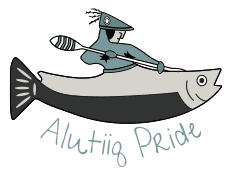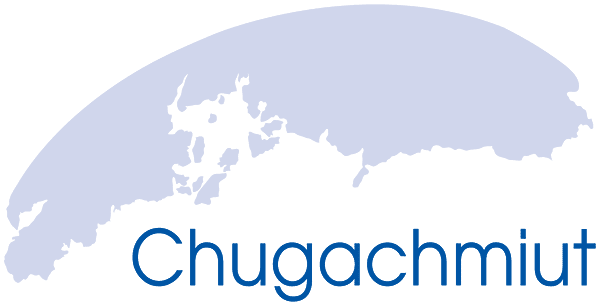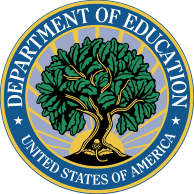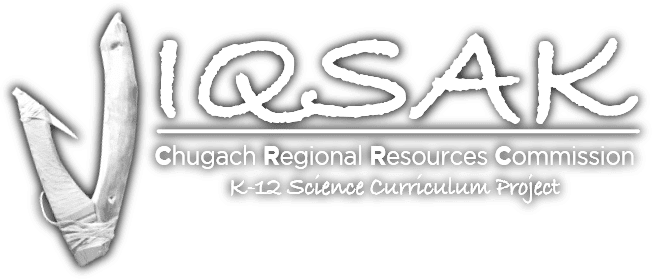
IQSAK
Halibut Hook
Iqsak is a Sugt’stum word that translates to “hook,” or more specifically, “halibut hook.” The Iqsak project was funded by the U.S. Department of Education and Chugachmiut in 2010. The purpose of this project is to develop a K–12 curriculum for the Chugach region that reflects Alaska Native beliefs, values, and understandings of the natural world and science education standards. CRRC believes that a culturally based natural resource science curriculum would enhance Alaska Native students’ education and motivation to pursue post-secondary degrees and careers in the sciences and natural resource management. CRRC curriculum weaves National Science Education Standards with local Traditional Knowledge. Research shows that learning is enhanced when subject matter is linked to local communities in interesting and relevant ways. This relevancy aids in the capacity to learn and integrate the latest information. CRRC staff works with schools and communities to develop curriculum to help increase student awareness and interest in the sciences and Tribal natural resource management.
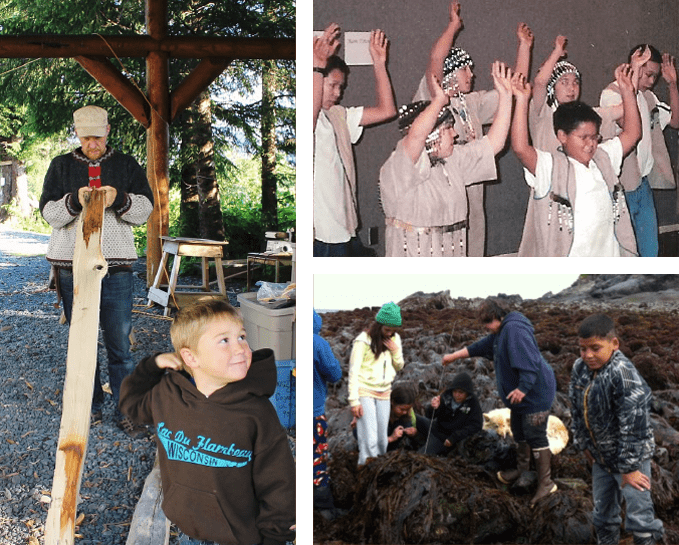
Learning about the resources found in the region and understanding the value of management is an important educational outcome for all students in the CRRC communities. The K–12 science curriculum supports Alaska Native and Alaskan students by motivating them to take an interest in science and to continue their education in the sciences. To make such an endeavor interesting and inviting to Alaska Native students, the curriculum components were identified by the community and the local culture in a meaningful, inquiry-based approach. The broader statewide Alaska Native community may also be served by this project through the development of this K–12 standards-based science curriculum.
IQSAK Mission
To sustain Sugpiaq knowledge about the Chugach environment and the application of that knowledge to daily life, cultural practices, language, scientific research, and natural resource management.
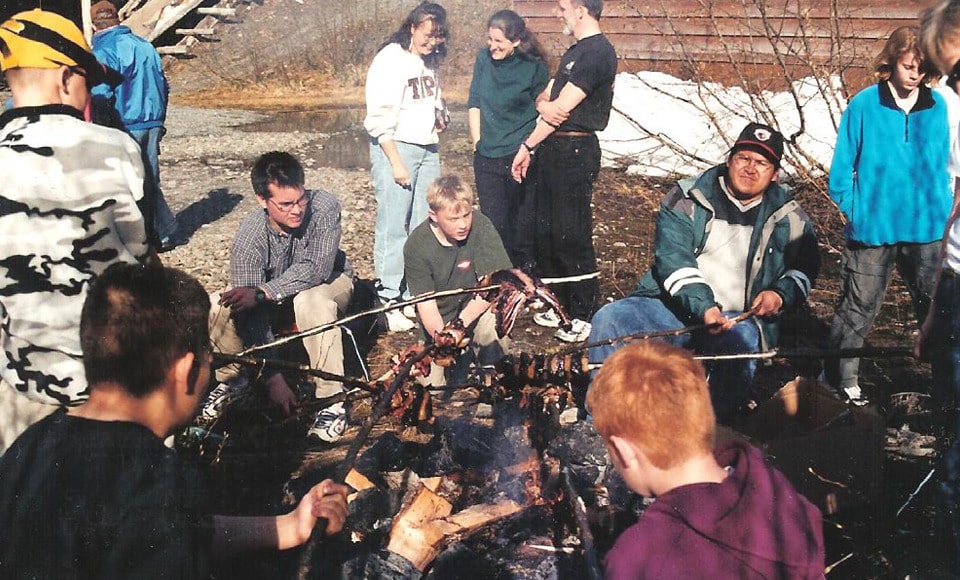

IQSAK Vision
To introduce students to the relationships, diversity, and
communities in the ecological and cultural environment of
the Chugach region, while exploring Sugpiaq and scientific
perspectives and the connections between the two.
IQSAK Objectives
Our goal is to develop a K–12 Alaska and National Science standards-based curriculum integrating natural resource management and regional Indigenous Knowledge. The curriculum will be made available to all schools in the Chugach region in hard copy and electronic format. In order to achieve this goal, CRRC has identified the following objectives:
Develop K–12 standards-based science curriculum integrating regional natural resource management and Indigenous Knowledge (Year 1 and 2).
Post electronic K–12 standards-based science curriculum integrating regional natural resource management and Indigenous Knowledge (Year 3).
Ascertain educator and secondary students’ perceptions of curriculum via pre- and post- surveys conducted before and after they pilot the curriculum developed by CRRC (Year 2 and 3).
IQSAK Units
Below are the five units developed to support our mission and goals. See the full list of corresponding lesson plans at http://www.iqsak.org/lessons.
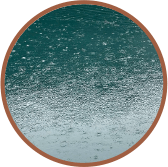
Oceans and Rivers
Relationships. Many ecological, social, and cultural relationships exist, and they are all independent.
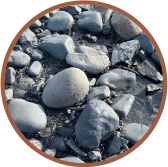
Beaches and Tidal Zones
Diversity. There is a great diversity of habitats, organisms, and cultures throughout Alaska and in the Chugach region.
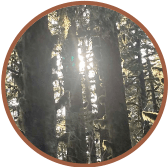
Land and Forests
Communities. The natural world is characterized by populations of individuals, each with unique strategies for survival for both resource and user.

Weather, Wind, and Air
Cause and effect. Everything is related to the natural world, locally and globally.

The Games
Physical science principles in everyday life. Every day, we interact with different forms of energy and matter.
Learn More about This Project and Incorporating Indigenous Knowledge into Your Curriculum
Contact CRRC’s Education and Outreach Coordinator, Carol Conant at .
